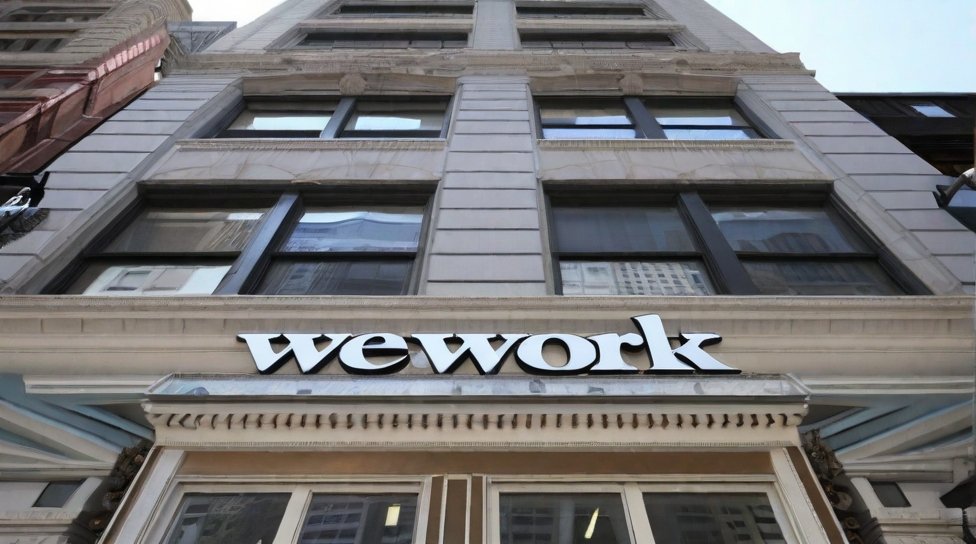For almost four decades, a beacon of affordability has beckoned hungry shoppers at Costco warehouses across the globe: the legendary $1.50 hot dog and soda combo. While inflation has steadily chipped away at its purchasing power, the price remains stubbornly unchanged, defying economic trends and securing its place as a cherished symbol of the brand’s commitment to value.
But the story behind this iconic offering goes beyond mere economics. It’s a tale woven with a touch of nostalgia, strategic brilliance, and a dedication to customer satisfaction that resonates deeply with Costco’s loyal members.
A Hot Dog with a History: From Street Cart to Warehouse Staple
The origins of the $1.50 hot dog can be traced back to the late 1970s when Costco co-founder Jeffrey Brotman, alongside his brother, operated a hot dog cart at the Seattle Center. They believed in offering delicious food at a fair price, and this philosophy carried over when they co-founded Price Club, the precursor to Costco, in 1983.
The first Costco warehouse, opened in Seattle in 1983, included a food court featuring a hot dog stand. Initially priced at $1.15, the combo soon rose to $1.50. This decision wasn’t solely driven by profit, but by a commitment made by Brotman and his partner, Jim Sinegal, to never raise the price.
The reasoning behind this pledge was twofold:
- Sentimentality: Brotman’s early experience selling hot dogs instilled a desire to maintain affordability and accessibility.
- Strategic foresight: They recognized the hot dog and soda combo as a valuable loss leader, attracting customers who would then likely make larger purchases within the warehouse.
More Than Just a Cheap Bite: The Power of Loss Leaders
While the $1.50 hot dog undoubtedly generates goodwill among customers, it’s crucial to understand that it doesn’t represent a significant profit margin for Costco. In fact, it’s categorized as a “loss leader,” meaning the company loses money on each combo sold. But this seemingly counterintuitive strategy serves a greater purpose.
Firstly, the attractive price point entices shoppers to visit the food court, potentially leading them to browse the warehouse aisles and ultimately purchase other items with higher profit margins. Secondly, the unwavering commitment to the $1.50 price fosters a sense of loyalty and appreciation among members, solidifying their positive perception of the brand. Lastly, the affordability reinforces Costco’s reputation for value and customer satisfaction, attracting new members and strengthening its position in the market.
The Price Remains the Same, But Does the Hot Dog?
Throughout the years, there have been rumblings about potential changes to the hot dog combo. In 2017, then-CEO Craig Jelinek publicly contemplated raising the price, sparking a flurry of media attention and member outrage. However, the iconic price remained unchanged, a testament to the powerful bond it has forged with the Costco community.
It’s worth noting that while the price hasn’t budged, the hot dog itself has undergone subtle changes. Initially sourced from Hebrew National, Costco switched to producing its own Kirkland Signature brand hot dogs in the early 2000s to maintain profit margins. This move, while maintaining the core elements of the product, has led some fans to debate whether the quality has remained consistent with the original.
The Enduring Legacy of the $1.50 Hot Dog
Love it or hate it, the $1.50 Costco hot dog holds an undeniable place in the annals of retail history. It’s a symbol of affordability, a testament to strategic thinking, and a reminder of the importance of customer loyalty. As long as Costco continues to thrive, the legacy of the $1.50 hot dog will likely endure, serving as a reminder of the power of a simple, satisfying bite in an ever-changing economic landscape.


